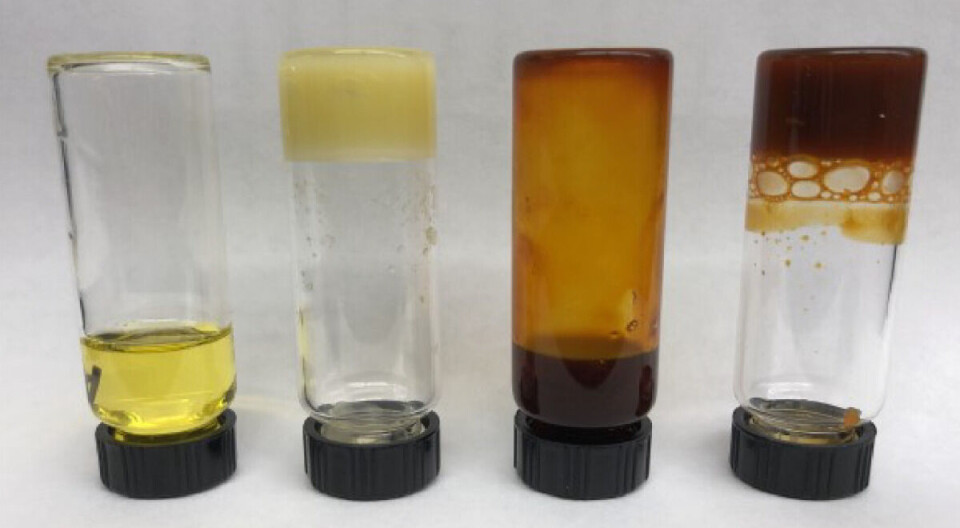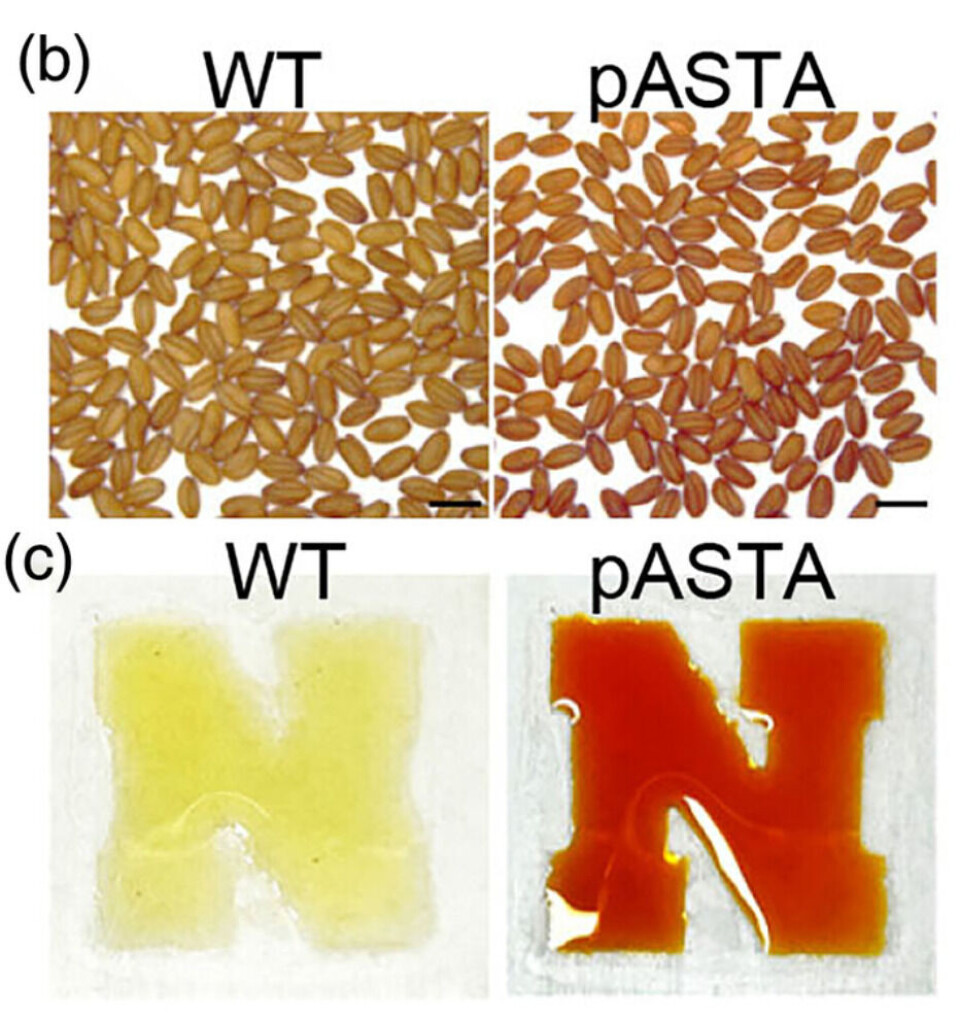
Scientists sow the seeds for new source of astaxathin
Scientists have developed an improved way to genetically engineer the oilseed crop Camelina sativa to produce high levels of astaxanthin, the antioxidant and pigment used to give farmed salmon and shrimp their pink colour.
The scientists used plant-derived genes rather than bacterial pathways, achieving a better results, reports a food processing website.
The findings, from a joint US/UK research team of biotechnologists led by Professor Edgar Cahoon, director of the Center for Plant Science Innovation at the University of Nebraska-Lincoln (UNL), could offer a commercially viable alternative to synthetic astaxanthin, which is currently produced through chemical synthesis or from natural sources such as algae.
Astaxanthin belongs to a group of red pigments known as ketocarotenoids, which don’t occur naturally in most crops. By borrowing genes from the scarlet flax flower (Adonis aestivalis), researchers introduced a new ketocarotenoid biosynthesis pathway into camelina seeds. Test crops have been grown successfully in Nebraska in the US and at Rothamsted Research in Hertfordshire, England.


Unlike earlier efforts that used bacterial genes, this plant-derived pathway is claimed to be more efficient and cleaner. It converted nearly all the precursor β-carotene into ketocarotenoids, with astaxanthin making up over a third of the total - reaching around 47 micrograms per gram of seed.
The modified plants showed no stunting or visible signs of stress in the field, and the results were replicated across multiple growing seasons in both the US and UK.
Sustainble oilseeds
“With growing pressure to find natural, scalable alternatives to synthetic additives, we believe this approach could pave the way for a new generation of sustainable pigment-rich oilseeds,” said Rothamsted’s Dr Richard Haslam, one of the co-authors of the research paper, “Oilseed-based metabolic engineering of astaxanthin and related ketocarotenoids using a plant-derived pathway: Lab-to-field-to-application”.
Rothamsted has decades of experience with GM camelina. Twenty-five years of research led by Rothamsted’s Professor Johnathan Napier resulted in GM camelina that contains 10% each of the omega-3 long chain fatty acids EPA (eicosapentaenoic acid) and DHA (docosahexaenoic acid). The crop, which Napier says has a better EPA / DHA mix than GM canola designed to do the same job, is now under commercial development in the US.























































